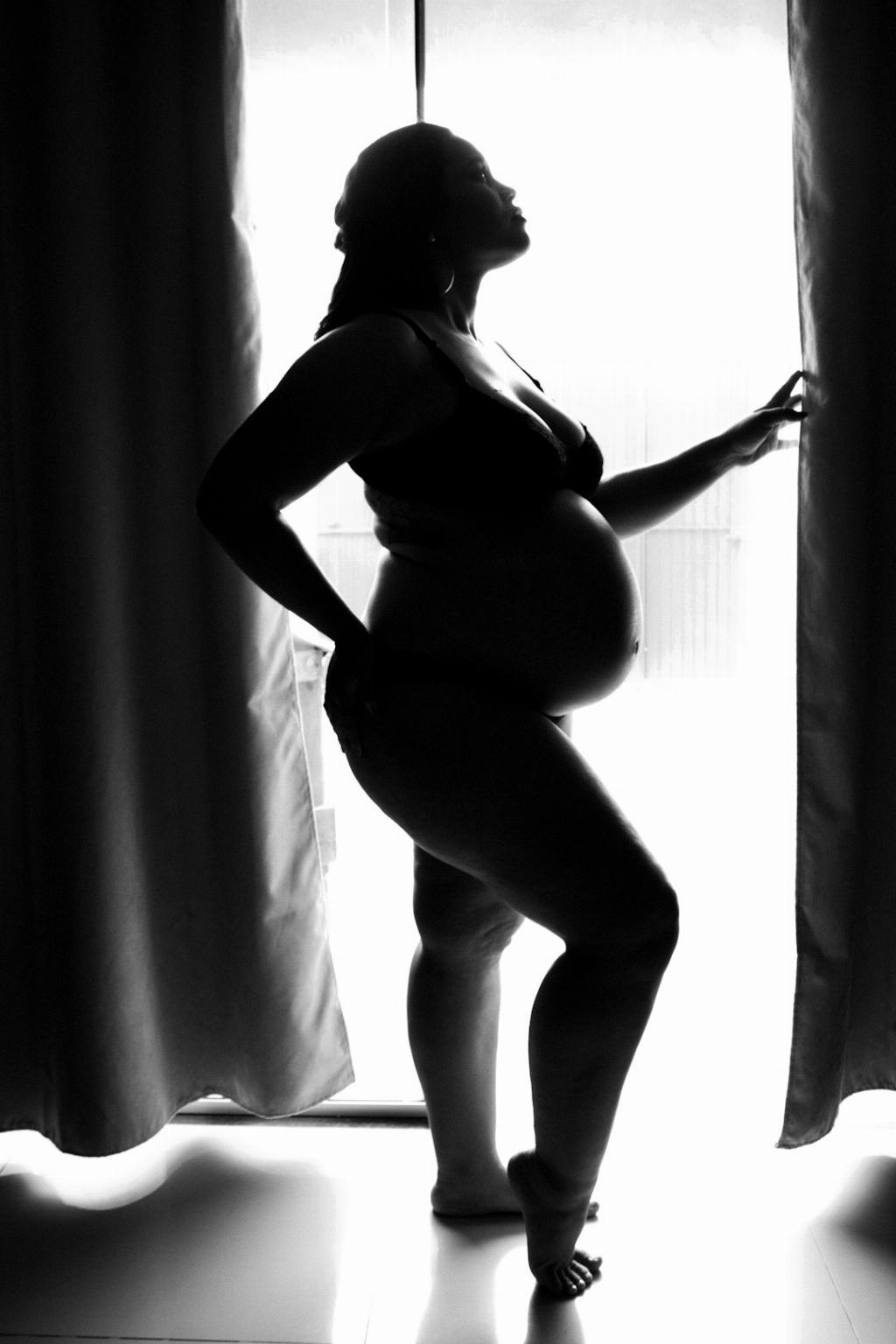When it comes to the pain experienced after a C-section, it’s important to consider various factors that can impact the duration of discomfort. The incision made during the C-section procedure can lead to pain in the lower belly region, which is a normal part of the recovery process.
Typically, individuals who undergo a C-section may experience pain at the incision site for about 1 to 2 weeks following the surgery. This discomfort is often managed with pain medication prescribed by healthcare providers to help alleviate the intensity of the pain.
It’s crucial to keep in mind that everyone’s pain tolerance and recovery journey may vary. Some individuals may find relief from the pain sooner, while others may require a longer duration to experience reduced discomfort at the incision site.
During the initial phase of recovery, it’s common to observe vaginal bleeding, which can persist for several weeks after the C-section procedure. This bleeding is a normal part of the body’s healing process and should gradually diminish over time.
As the body heals, the pain at the C-section incision site is expected to decrease. However, it’s essential to practice proper wound care as instructed by healthcare providers to promote healing and minimize the risk of infection, which can prolong the duration of discomfort.
On average, individuals who undergo a C-section may require approximately 6 weeks to fully recover from the surgery. During this period, it’s crucial to prioritize self-care, rest, and follow-up appointments with healthcare providers to monitor the healing progress of the incision site.
It’s important to communicate any concerns or unusual symptoms related to the C-section incision site to healthcare providers promptly. Persistent or worsening pain, redness, swelling, or discharge from the incision area should be reported for further evaluation and management.
While discomfort at the C-section incision site is a common aspect of the postoperative period, it is essential to remember that the pain is temporary and part of the body’s natural healing process. Engaging in gentle movements and activities as tolerated can also aid in promoting circulation and reducing discomfort.
Support from friends and family members during the recovery phase can also play a significant role in managing pain and providing emotional reassurance. Open communication with loved ones about your needs and feelings can foster a supportive environment conducive to healing.
Ensuring adequate rest, hydration, and nutrition can further support the body’s healing process following a C-section. Prioritizing self-care activities and listening to your body’s cues can help in easing discomfort and facilitating a smoother recovery journey.
It’s essential to be patient with yourself during the recovery period and practice self-compassion as you navigate the physical and emotional challenges associated with a C-section. Seeking guidance from healthcare providers whenever needed can offer valuable insights into managing pain and optimizing recovery.
In conclusion, while the duration of pain at the C-section incision site may vary among individuals, it is typically expected to last for about 1 to 2 weeks following the procedure. By adhering to postoperative care instructions, staying vigilant about any concerning symptoms, and practicing self-care, individuals can support their healing process and alleviate discomfort effectively.

